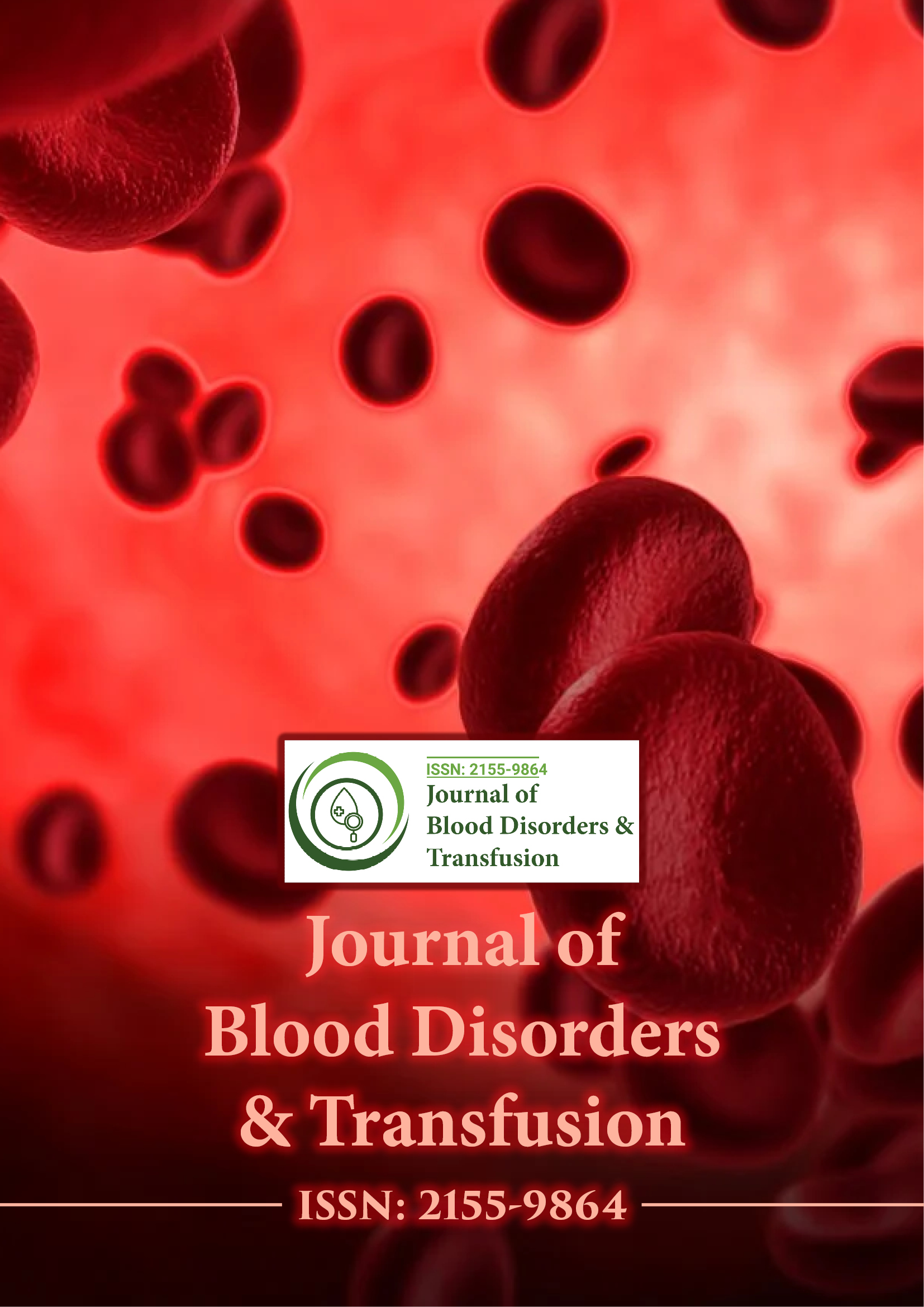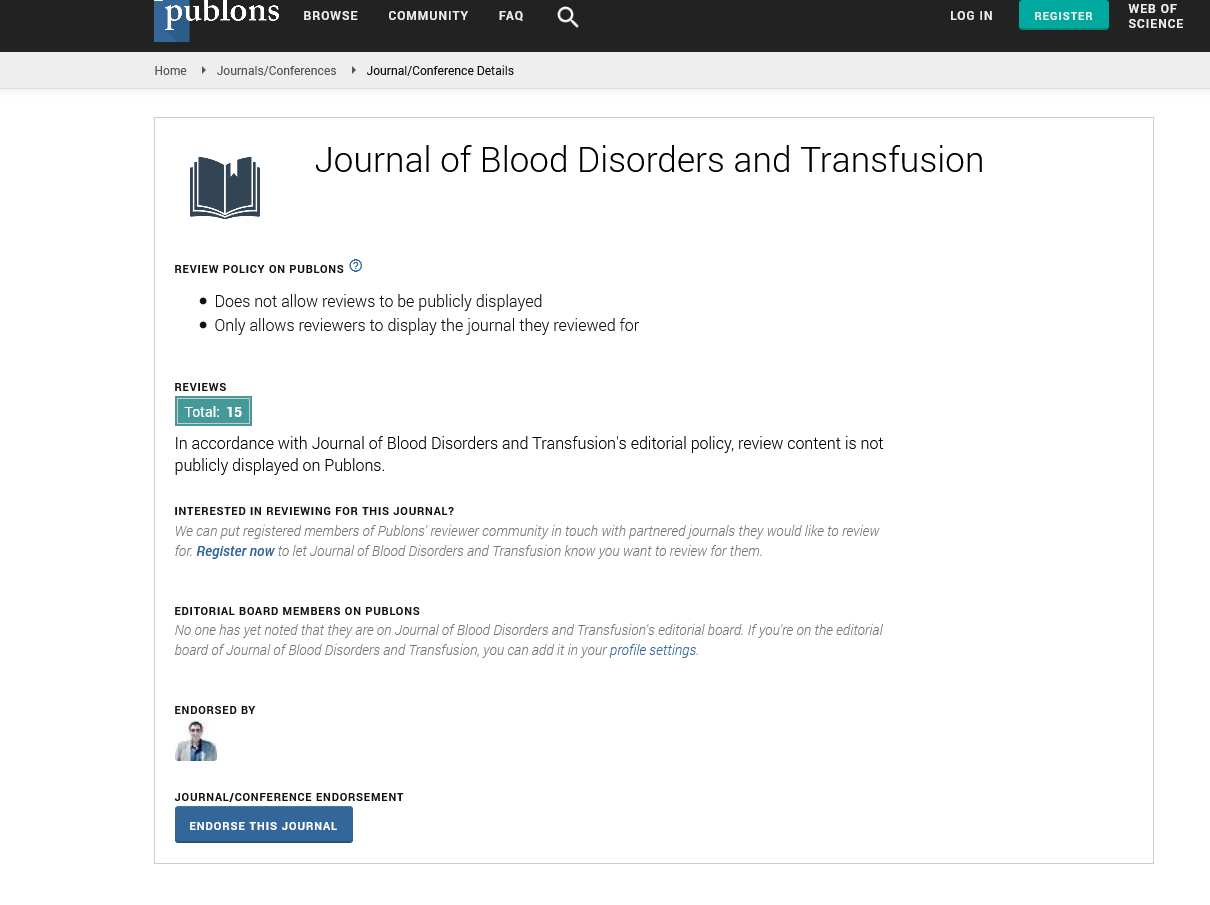Indexed In
- Open J Gate
- Genamics JournalSeek
- JournalTOCs
- Ulrich's Periodicals Directory
- RefSeek
- Hamdard University
- EBSCO A-Z
- OCLC- WorldCat
- Proquest Summons
- Publons
- Geneva Foundation for Medical Education and Research
- Euro Pub
- Google Scholar
Useful Links
Share This Page
Journal Flyer

Open Access Journals
- Agri and Aquaculture
- Biochemistry
- Bioinformatics & Systems Biology
- Business & Management
- Chemistry
- Clinical Sciences
- Engineering
- Food & Nutrition
- General Science
- Genetics & Molecular Biology
- Immunology & Microbiology
- Medical Sciences
- Neuroscience & Psychology
- Nursing & Health Care
- Pharmaceutical Sciences
Effective initial resuscitation from severe blood loss shock state without blood or blood substitute transfusion
2nd International Conference on Hematology & Blood Disorders
September 29-October 01, 2014 DoubleTree by Hilton Baltimore-BWI Airport, USA
Keith Van Meter
Keynote: J Blood Disorders Transf
Abstract:
In 1959, I Boerema demonstrated that normothermic swine could be bled abruptly to hemoglobin levels of 0.5g/dL and then be pressurized in a hyperbaric chamber to three atmospheres while being ventilated with 100% oxygen and being given IV fluid resuscitation with D5RL solution. The animals were kept at depth for 15 minutes with ?Life without Blood? and were then re-transfused with their shed blood. When back at surface, the swine walked off unimpaired. In 2014 J Kheir asphyxiated normothermic rabbits for 15 minutes. The animals still with clamped endotracheal tubes were resuscitated with a solution of oxygen gas filled microparticles. The animals after unclamping of the endotracheal tube hopped off unimpaired. We have replicated I Boerema's work in swine keeping the normothermic animals for 55 minutes at 60 fsw before returning shed blood and the animals have walked off unimpaired with long-term survival. We monitored the swine through a braincase burrhole by Lycox polarographic catheter determination of brain tissue oxygen tension during the exsanguination insult. Swine kept on surface with 100% oxygen ventilation and IV D5RL resuscitation dropped their brain tissue oxygenation from 35 mmHg to 0 mmHg while animals at three atmospheres maintained their brain tissue oxygen at 35 mmHg. Hyperbaric Medicine is a low technology interventional therapy, which can be made to be present in the military far forward as well as in the pre-hospital EMS and in emergency departments of trauma centers. It is expected that hyperbaric oxygen will be a part of future ACLS and ATLS.
Biography :
Keith Van Meter has completed his MD degree at George Washington University in Washington DC and trained at Tulane/Charity Hospital in New Orleans, completing in 1974 and becoming board certified in Emergency Medicine, Diving and Undersea Medicine and Pediatric Emergency Medicine. He has been the Section Head of Emergency Medicine at LSUHSC for the past 25 years and Medical Director of the Baromedical Research Institute laboratory in New Orleans and is a Clinical Professor of Medicine at LSUHCS and a Clinical Professor of Surgery at Tulane School of Medicine in New Orleans.

